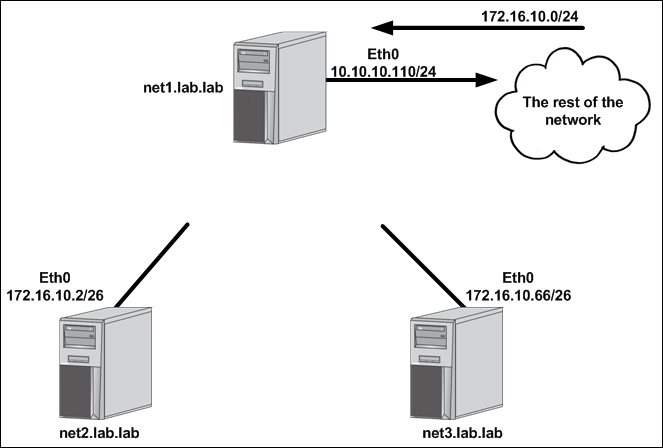
This would then only allow you to view containers with a name starting with "foo". For example, $ docker run -volume=/var/run/docker.sock:/var/run/docker.sock -p 8888:1224 amir20/dozzle:latest -filter name=foo If you wish to restrict the containers shown you can pass the -filter parameter. You can then use a reverse proxy to control who can see dozzle. For example, $ docker run -volume=/var/run/docker.sock:/var/run/docker.sock -p 8888:1224 amir20/dozzle:latest -addr localhost:1224

You can control the device Dozzle binds to by passing -addr parameter. var/run/docker.sock:/var/run/docker.sock mount=type=bind,src=/var/run/docker.sock,dst=/var/run/docker.sock \ With Docker swarm docker service create \ For example, if you want to view dozzle over port 4040 then you would do -p 4040:8080.

Also, mount the Docker Unix socket with -volume to /var/run/docker.sock: $ docker run -name dozzle -d -volume=/var/run/docker.sock:/var/run/docker.sock -p 8888:8080 amir20/dozzle:latestĭozzle will be available at You can change -p 8888:8080 to any port. The simplest way to use dozzle is to run the docker container. Pull the latest release from the index: $ docker pull amir20/dozzle:latest Getting Dozzleĭozzle is a very small Docker container (4 MB compressed). For enterprise applications, products like Loggly, Papertrail or Kibana are more suited.ĭozzle won't cost any money and aims to focus only on real-time logs. While Dozzle should work for most, it is not meant to be a full logging solution. Authentication with username and password ?.Intelligent fuzzy search for container names ?.It doesn’t store log information, it is for live monitoring of your container logs only. Dozzle is a simple, lightweight application that provides you with a web based interface to monitor your Docker container logs live.


 0 kommentar(er)
0 kommentar(er)
